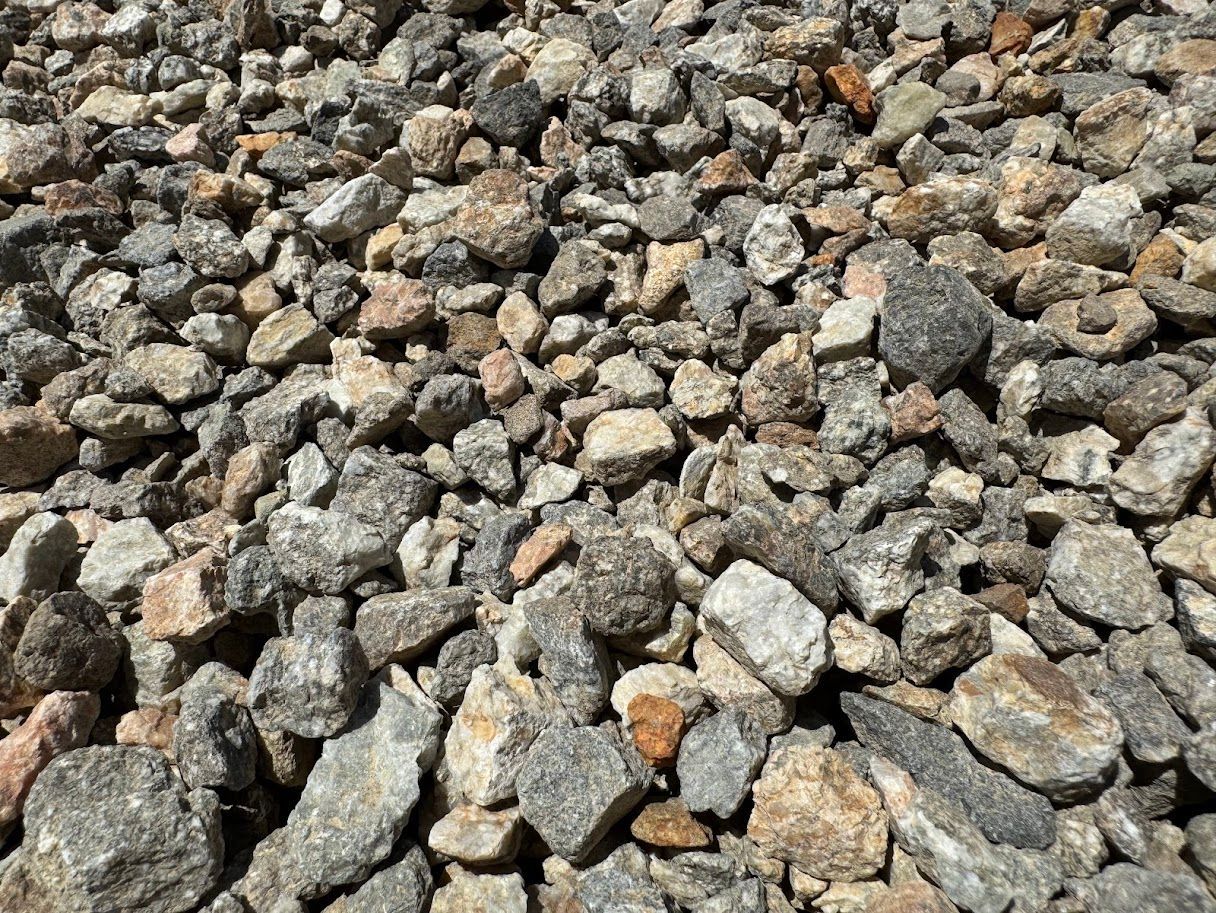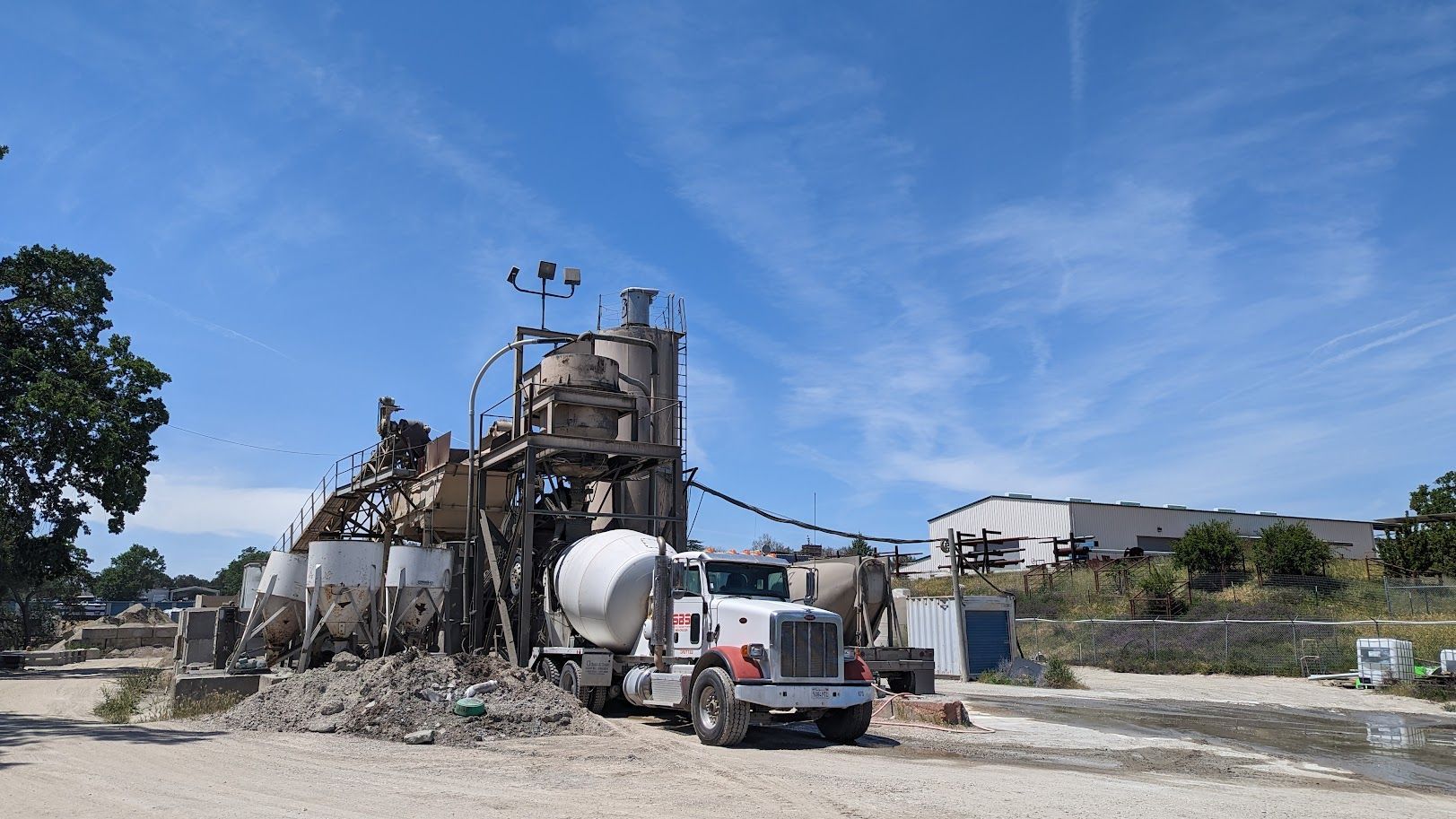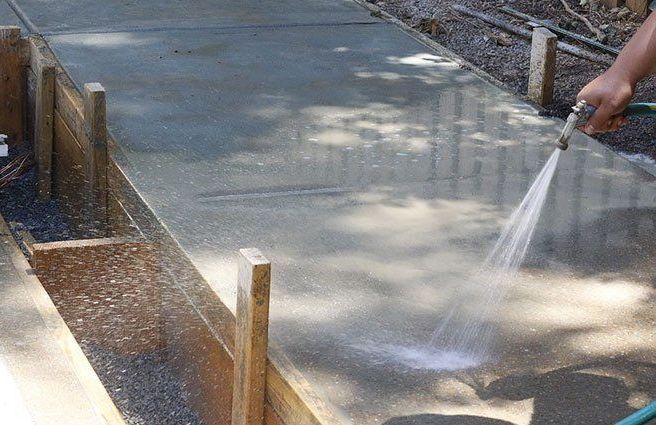Delivery Day Dos and Don'ts: Preparing Your Site for Concrete Delivery
The anticipation of a fresh concrete pour is exciting! Whether you're laying a new patio, building a foundation, or creating a sturdy driveway, the success of your project largely hinges on one critical phase: concrete site preparation. A smooth concrete delivery day isn't just about the truck arriving on time; it's about having your site perfectly ready to receive that ready-mix delivery.
To ensure your project goes off without a hitch and you get the best results from your concrete pouring, here are the essential "Dos and Don'ts" for delivery day.
The "DOS" for a Smooth Concrete Delivery
1. DO Confirm Your Order and Schedule:
- Final Check: A day or two before delivery, re-confirm the concrete mix design (strength, slump, admixtures), quantity (cubic yards/meters), and the exact delivery time with your ready-mix delivery supplier.
- Weather Watch: Keep an eye on the forecast. Concrete doesn't like extreme heat, freezing temperatures, or heavy rain. Discuss any concerns with your supplier.
2. DO Prepare Your Sub-Base Thoroughly:
- Compaction is Key: Ensure your sub-base (gravel, crushed stone, etc.) is properly compacted and leveled. This prevents settlement and cracking later. A well-compacted base is fundamental to durable concrete.
- Moisture Control: Dampen the sub-base slightly before pouring. A dry sub-base can quickly absorb water from the concrete, compromising its strength. However, avoid puddles!
3. DO Set Up Your Forms Correctly:
- Sturdy and Level: Forms must be strong enough to withstand the pressure of the wet concrete without bowing. Secure them properly with stakes and bracing.
- Accurate Heights: Double-check your form heights and grades. Use string lines and levels to ensure everything is perfectly set according to your plans.
4. DO Create Clear Access for the Concrete Truck:
- Wide and Stable Path: Ensure the path from the street to the pour site is wide enough (at least 10-12 feet for most trucks) and stable enough to support a heavy vehicle. Look out for narrow gates, overhanging branches, or soft ground.
- Obstacle Free: Remove any obstacles – cars, equipment, tools, landscaping features – that might impede the truck's maneuverability or the discharge chute.
- Consider the Chute: Most standard concrete trucks have chutes that extend about 12-16 feet. If your pour site is further, you can move the wet concrete in wheelbarrows, or consider hiring a concrete pump. Discuss this with your supplier beforehand.
5. DO Have Enough Manpower and Tools Ready:
- Team Effort: Concrete sets quickly! Have enough experienced personnel on site to spread, screed, float, and finish the concrete efficiently.
- Tools at Hand: Ensure all necessary tools – shovels, rakes, screeds, floats, edgers, grooves, vibrators (if needed), and safety gear – are clean, functioning, and easily accessible..
6. DO Protect Adjacent Areas:
- Cover Up: Use plastic sheeting or tarps to protect existing structures, landscaping, and other surfaces from splashes and spills during the concrete pouring.
The "DON'TS" to Avoid Concrete Delivery Disasters
1. DON'T Underestimate the Weight of a Concrete Truck:
- Avoid Soft Ground: Never direct a heavy concrete truck onto soft or questionable ground, septic fields, or over shallow buried utilities without prior investigation and reinforcement. A stuck truck causes significant delays and costs.
- Bridge/Driveway Limits: Be aware of any weight restrictions on private bridges or driveways.
2. DON'T Rush the Preparation:
- No Last-Minute Scrambles: Avoid trying to finish forms or sub-base preparation just as the truck is arriving. This leads to mistakes and stressful situations. All concrete site preparation should be complete well before the scheduled concrete delivery.
3. DON'T Forget About Safety:
- PPE: Ensure everyone on site is wearing appropriate personal protective equipment (PPE), including gloves, eye protection, and boots. Wet concrete can cause skin burns.
- Clear Communication: Establish clear hand signals or communication methods with the concrete truck driver.
4. DON'T Overlook Water Availability:
- Essential for Adjustments: Have a hose and water supply readily available on site. Small amounts of water might be needed to adjust the slump (consistency) of the concrete, but only with the approval and guidance of the concrete professional on site. Adding too much water weakens the concrete.
5. DON'T Schedule Too Tight:
- Allow Buffer Time: Give yourself a buffer in your schedule. Unforeseen circumstances (traffic, minor truck delays, on-site adjustments) can happen. Rushing the pour compromises quality.
By adhering to these ready-mix delivery tips and ensuring meticulous concrete site preparation, you'll be well on your way to a successful concrete delivery and a durable, high-quality finished product. A little preparation goes a long way in turning a potentially stressful day into a smooth and efficient operation!


















